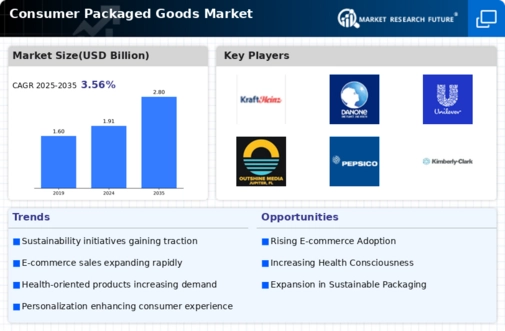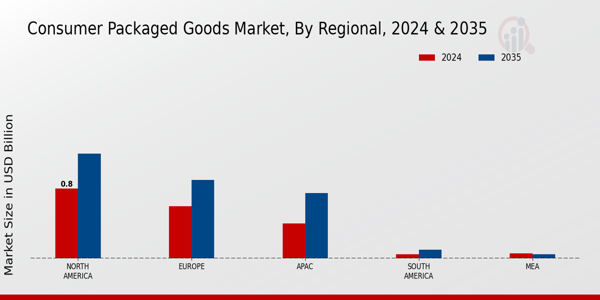The Global Consumer Packaged Goods Market is characterized by a dynamic landscape where numerous players compete for consumer attention and market share. This market includes a wide range of products such as food, beverages, personal care items, and household goods, making it highly diverse and competitive. Companies consistently evolve their strategies to adapt to changing consumer preferences, technological advancements, and economic fluctuations. The competitive insights indicate that companies must prioritize innovation, sustainability, and customer relationships to maintain a competitive edge.
As consumer behavior shifts towards healthier, organic, and eco-friendly products, companies that can effectively respond to these trends are likely to lead the market. Furthermore, the significant role of e-commerce and digital marketing strategies has transformed how companies connect with their consumers, emphasizing the necessity for a robust online presence.Kraft Heinz stands out in the Global Consumer Packaged Goods Market with its formidable brand portfolio and innovative approach to product development. The company benefits from a strong market presence attributed to its diverse range of food products, including sauces, condiments, and snacks, which cater to various consumer tastes and preferences.
Kraft Heinz's strengths lie in its extensive distribution network, allowing for the widespread availability of its products in multiple regions globally. The company regularly invests in marketing and product innovation, focusing on enhancing existing products while also exploring new market opportunities. Their ability to leverage economies of scale from their vast manufacturing and supply chain capabilities positions them favorably among competitors.
Furthermore, Kraft Heinz continues to express commitment to sustainable sourcing and environmentally friendly practices, aligning itself with the growing consumer demand for responsible consumption.Danone has carved a significant niche in the Global Consumer Packaged Goods Market, particularly in the dairy, plant-based, and nutrition segments. Recognized for its commitment to health and wellness, Danone's product offerings include yogurt, bottled water, and specialized nutrition products tailored for infants and adults. The company's strengths are reflected in its strong market presence across various geographical regions, bolstered by its emphasis on research and development, which leads to innovative product offerings.
Danone has made strategic mergers and acquisitions to broaden its portfolio and enhance its market position, ensuring a competitive edge over rivals. By focusing on health-oriented products and sustainable practices, Danone meets contemporary consumer demands that prioritize nutrition and environmental responsibility. Their operational efficiency and established brand loyalty serve as key assets in navigating the complexities of the global market landscape, allowing them to effectively compete with other leading players in the industry.
























Leave a Comment